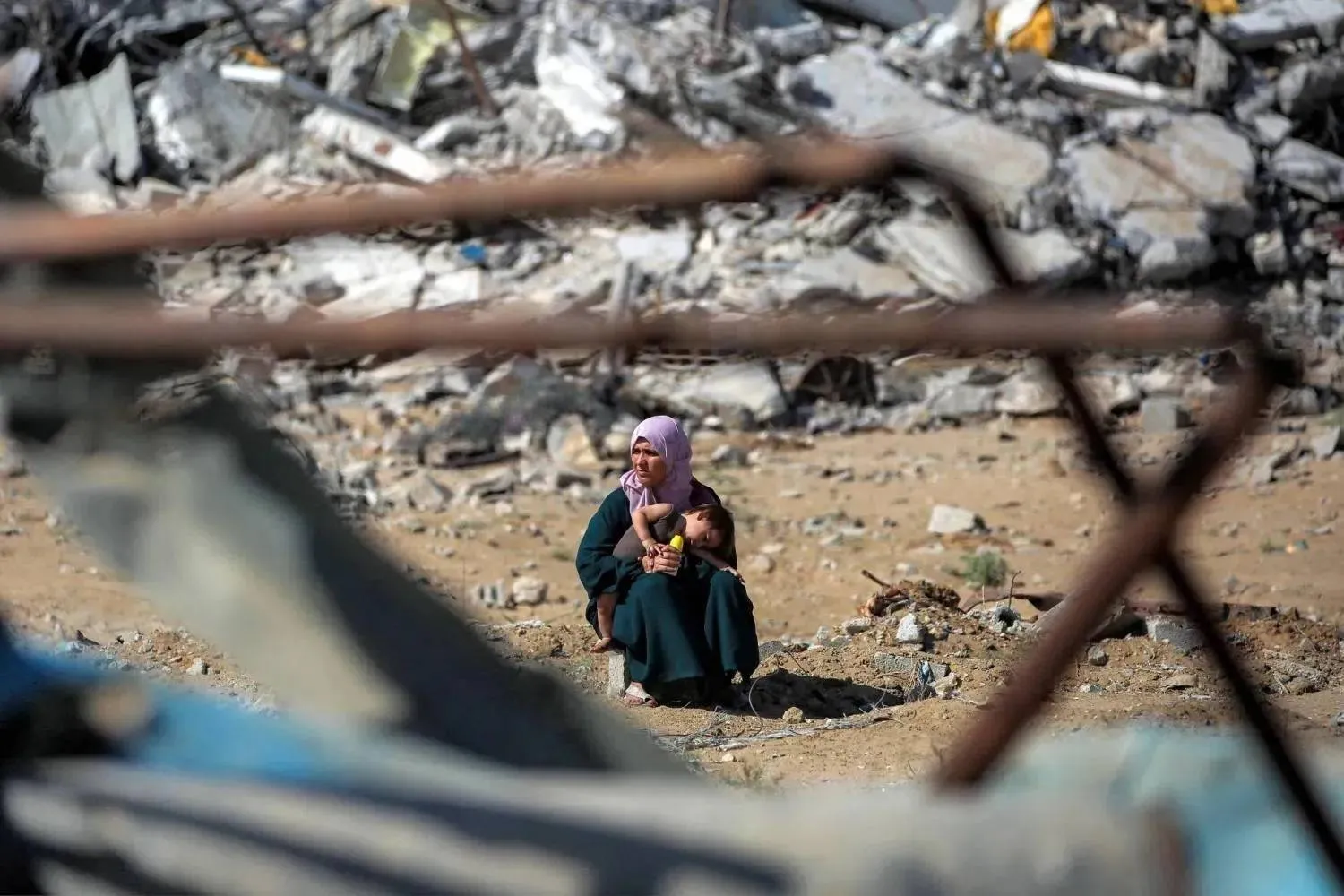At least 14 members of the Syrian government forces were killed in a surprise attack by ISIS on a military bus in central Syria, the Syrian Observatory for Human Rights announced on Tuesday.
The observatory said ISIS militants “launched a brutal attack on a military transport bus in the Tadmor desert in the eastern countryside of Homs,” resulting in the death of “at least 14 members of the government forces” with others sustaining injuries.
This is the second such attack this year. Last week, ISIS killed nine Syrian regime troops and militiamen in an attack on military posts in the eastern desert, according to the British-based monitor.
ISIS often targets positions or buses carrying soldiers or public officials, especially in the vast Syrian desert, where its fighters regrouped after losing their last piece of territory in Syria in March 2019.
Despite strikes launched primary by the US-led international coalition and others launched by Syria’s ally, Moscow, against ISIS leaders, positions and movements, the group’s militants still retain a presence in the vast Badia desert and continue to carry out deadly attacks against Syrian forces and pro-regime fighters in central and eastern Syria, and the Syrian Democratic Forces (SDF) in the east and northeast of the country.
Meanwhile, the SDF on Tuesday reported that three of its members were killed last Saturday in a Turkish drone strike near Ain Issa in the Raqqa governorate, north of Syria.
SDF has published the names of its three fighters. They are Khaled Hassan Al-Shawakh and brothers Imad and Muhammad Ali Rajab Al-Halat.









